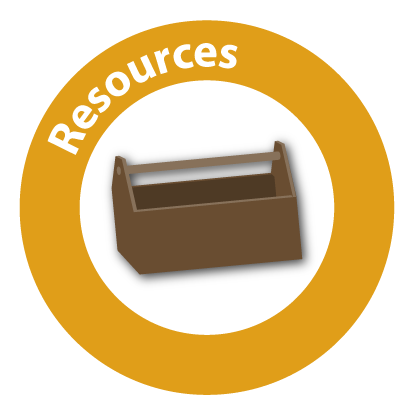|
| | Resources and Frequently Asked QuestionsFind resources to help your family or get answers to frequently asked questions. Resources
Frequently Asked QuestionsClick the questions below to see answers to frequently asked questions. ▸ I suspect that my child has a learning disability. What should I do?The first step in learning more about any concern with your child is to check in with your child’s primary care provider (PCP). Your child’s PCP can review your child’s milestones and check whether physical conditions (like vision or hearing) may be causing problems. Your child’s PCP may also recommend seeing a specialist, like an occupational therapist (OT). Some families may request an evaluation with their child’s school. While a special education evaluation cannot diagnose dysgraphia, it can help children to access special education services. Families may also choose to seek a dysgraphia diagnosis with a qualified mental health professional or a multi-disciplinary team. The evaluation process looks at many parts of your child’s development (see this article from Understood). Dysgraphia diagnosis is often not covered by health insurance, so it’s important to check with your provider before getting started. ▸ I've been told that dysgraphia isn't a "real" diagnosis. What does this mean?
Mental health professionals in America use a guide, called The Diagnostic and Statistical Manual of Mental Disorders, 5th Edition (DSM-5), to make a diagnosis. This guide includes descriptions and codes that help professionals to communicate about your child’s care. Dyslexia, dyscalculia and difficulties with written language are grouped together under “Specific Learning Disorder (SLD).” After an expert determines that your child has a SLD, they will add a specifier (for example, with “impairment in reading”) to clarify how the learning disability impacts your child. In the DSM-5, both the reading specifier and the math specifier include references to the names we’re familiar with (dyslexia and dyscalculia). The writing specifier (“with impairment in written expression”) does not. Still, experts agree that a SLD diagnosis with "impairment in written expression" is dysgraphia. If your child receives a diagnosis that you don’t understand, it’s a good idea to talk to the person who evaluated your child. Part of their job is to ensure that families have the information they need to make informed choices about their child’s care. ▸ What are some examples of evidence-based handwriting instruction?
All schools provide handwriting instruction to young children. The tools your child’s school uses may come from a single program, or they may be a collection of tools from different programs that your school has experience using. Some of the more common programs for children who have handwriting problems include: If you work on handwriting at home with your child – or if you use a tutor or occupational therapist – it’s a good idea to communicate with your child’s school and make sure that you are using the same program. ▸ How do I find a tutor?
A lot goes into finding the right professional to work with your child, but there are some general “buckets” you can think about to make things easier. Experience Personal Characteristics Consistency Once you’ve thought about these things, you can search the Connecting for Kids Provider Directory or schedule an Ask Us 1:1 session to get help from a Family Resource Specialist. ▸ How do I pay for tutoring?
There are several ways families typically pay for math intervention: Insurance Funding Funding Sources for Learning Loss Jon Peterson Scholarship ▸ What kinds of accommodations benefit students with dysgraphia most?
Students with dysgraphia tend to benefit from accommodations that reduce handwriting when it’s not needed. Some families have had success with using:
When writing is required, students can benefit from extra time, frequent breaks and organization tools to help keep content in mind while composing text. For more accommodations frequently used with dysgraphia, check out this article from Understood. |
Back to Dysgraphia Guide.

